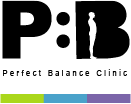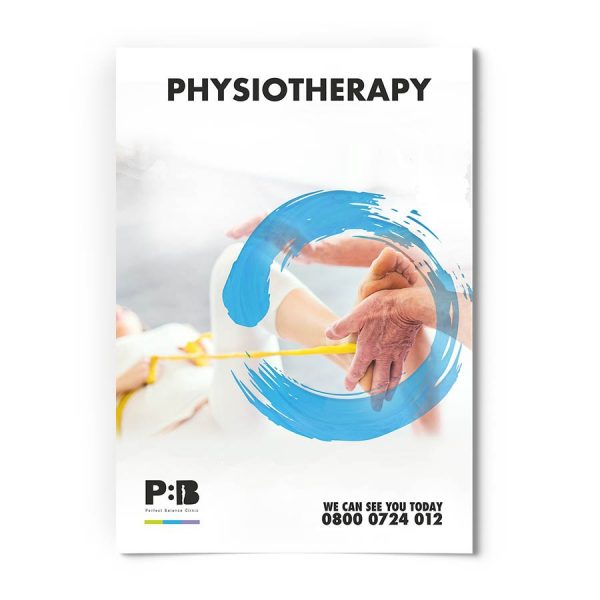Delayed onset of muscle soreness (DOMS) usually develops within 12 hours and peaks at 24-48 hours after physical activity and usually resolves in 5-7 days (Yong et al, 2015) and is most noticeable if the body is not used to the volume or intensity of the workout.
Eccentric contraction of the muscles where the muscle is lengthening is thought to be a predictor for DOMS, for example, downhill running and jumping (Nelson, 2013).
The exact cause is unclear and there are some theories including, lactic acid build-up, muscle spasm, micro-tears, and cellular adaptations, enzyme efflux, and tissue fluid theories. (Brukner and Khan, 2009). Lactic acid is a waste product made within the muscle cells and is removed by the body usually within 1 hour after exercise.
Recent research shows this is less likely to be a cause of DOMS as lactic acid levels decrease quickly while DOMS lasts for a few days, (Mizumura & Taguch, 2016). The muscle enzymes in the cells help break down food into energy used by the muscles.
One reason for enzymes to increase in the cells can be a body response to injury. Although other research shows you can have DOMS without tissue damage (Nelson 2013).
It is thought that tissue fluid changes, which are all-natural responses in the body on a cellular level during exercise could be a factor. This is required for the exchange of energy-releasing chemicals needed by the working muscle and to promote tissue healing/inflammation response post-exercise for repair and building of muscles. These are all-natural processes.
Muscle spasm is when the muscles are temporarily in a more contracted state, when the muscles are less flexible or with vigorous exercises there can be very very small tears. Any of these theories can activate muscle pain receptors which leads to muscle soreness during movement. The research continues and is an interesting topic and important for understanding how we can keep clients in training and or get back to training quickly and safely.
If you train for your sport regularly you can be less likely to feel DOMS but even if you train regularly an increase of load or change in training can lead to DOMS. It is normal to feel this muscle soreness and it should resolve over the next few days.
There are a few things that are thought to help DOMS symptoms such as post-exercise massage, warm down, and K-tape application. If there is any bruising or sharp pain while exercising in the muscle that may be slightly different and could be a bigger tear.
If you are unsure if your muscle soreness is DOMS or a more severe injury, tear or sprain, one of our physiotherapists can assess and put together a treatment and recovery plan to get you back to training.
For more information about muscle soreness
This article was written by our team of specialist therapists at Perfect Balance Clinic. If you would like more specific advice about how our team can help you with this condition or symptoms you may be having, please complete the contact form below and one of the team will get back to you shortly.
Here are some E-Books to help you
We have created 2 E-Books that explain everything you need to know about Physiotherapy and Sports Massage. Click the relevant links below to download your copy now – they’re FREE.
References
Brukner and Khan, (2009). Clinical Sport Medicine. (3rd Ed). McGraw-Hill.
Mizumura, K & Taguch. Ti, (2016). Delayed onset muscle soreness: Involvement of neurotrophic factors. Journal of Physiological Science, 66:43-52.
Nelson. N. (2013). Delayed onset of muscle soreness: Is massage effective? Journal of Bodywork and & Movement studies. 17: 475-482.
Yong Sin Lee, Sea Hyun Bae, Jin Ah Hwang, Kyung Yoon Kim (2015). The effects of Kinesio taping on architecture, strength, and pain of muscles in delayed onset muscle soreness of biceps brachii. Journal of Physical Therapy Science, 27: 457-459






